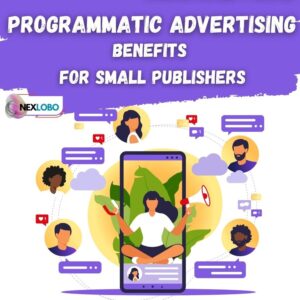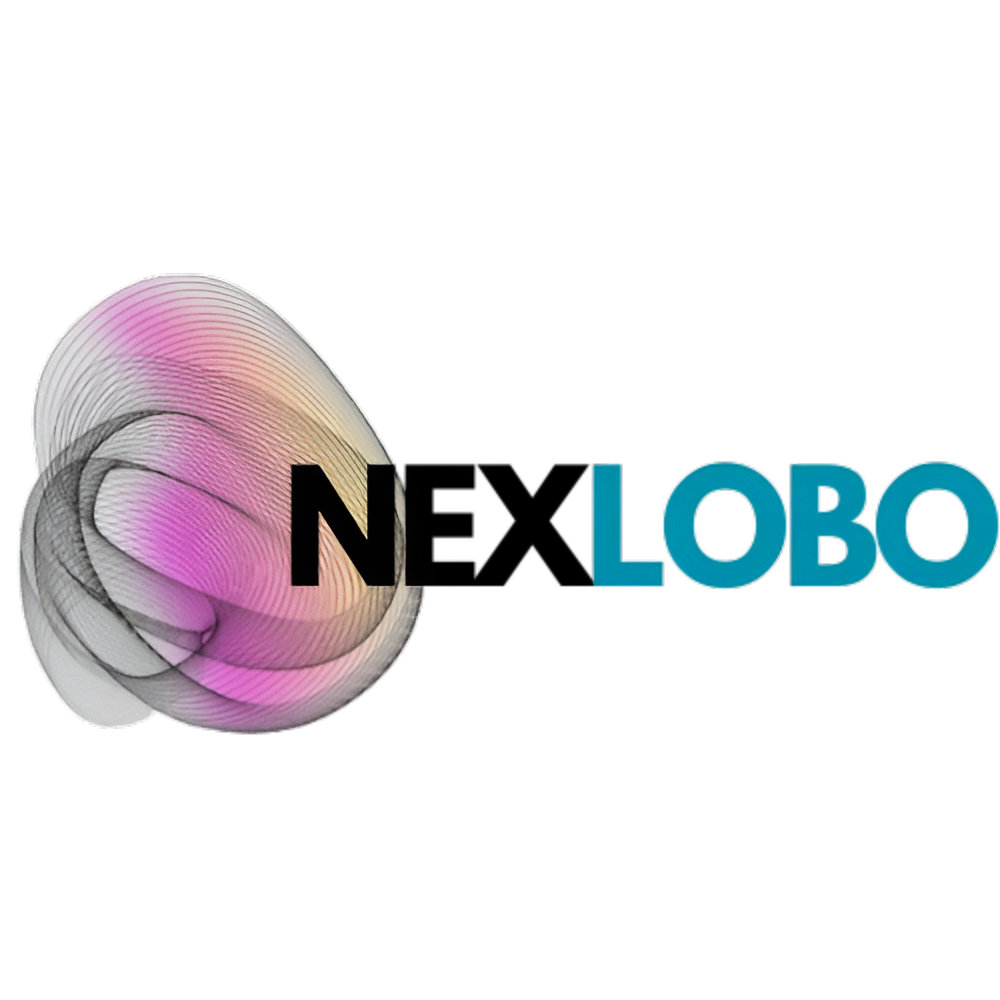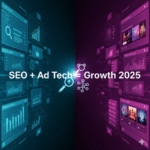Programmatic Advertising Benefits for Small Publishers: Unlocking New Revenue Streams

Introduction: Why Programmatic Advertising is a Game-Changer for Small Publishers
As a small publisher myself, I’ve always been on the lookout for ways to generate more revenue without sacrificing the quality of my content. In the past, I struggled with managing traditional ad sales—fielding calls, negotiating with advertisers, and trying to find a sustainable income model. That’s when I discovered the programmatic advertising benefits that changed the game.
Programmatic advertising offers small publishers like me the opportunity to automate the buying and selling of digital ad space, bringing in higher-quality ads, better targeting, and more competitive prices. If you’re still unsure about it, I encourage you to explore more on this page about programmatic advertising to understand its full potential. Trust me, it’s something that small publishers should seriously consider in 2025.
In this post, I’ll share how programmatic advertising has worked wonders for me and many other small publishers, and why it should be part of your revenue strategy. From streamlined ad management to better ad targeting, programmatic advertising benefits can transform your business.
What is Programmatic Advertising and Why Should Small Publishers Care?
Let’s start by breaking down the basics. Programmatic advertising is the automated process of buying and selling digital ad space through algorithms. Unlike traditional methods, which rely on manual negotiations, programmatic ads are bought and sold in real-time through demand-side platforms (DSPs). This allows small publishers to earn revenue more efficiently, without needing a huge sales team or a lot of manual oversight.
As a small publisher, the programmatic advertising benefits you can gain are pretty straightforward. You get access to premium advertisers, automatic bidding, and a system that works 24/7, allowing you to focus on what you do best—creating content. With programmatic ads, you can optimize your ad revenue without any added stress.
1. Increased Revenue Potential Through Real-Time Bidding
One of the programmatic advertising benefits that quickly became apparent to me was the ability to increase ad revenue through real-time bidding (RTB). With RTB, advertisers bid for your ad inventory in real-time, ensuring that you get the best price for your ad space. This competitive bidding process means your ad inventory is valued at its highest potential.
In fact, after integrating programmatic ads, I saw a noticeable boost in my revenue within the first few months. My site’s CPM (cost per thousand impressions) jumped by 25%, a direct result of allowing multiple advertisers to bid on my ad spaces.
2. Enhanced Targeting Precision for Advertisers
Another huge win of programmatic advertising benefits for small publishers is the precise targeting it allows. No longer do you need to rely on broad demographics or guesswork. Programmatic advertising uses data like browsing habits, location, and even time of day to target the most relevant audience for each ad.
For example, in my experience as a publisher, when I switched to programmatic ads, I saw an uptick in engagement because the ads were more relevant to my readers. If you’re running a niche site, like I do for food and wellness, this level of precision in targeting is a game changer.
Pro Tip: Take the time to analyze your audience’s behavior. Once you understand what works, you can fine-tune your ad targeting, which increases both ad revenue and user engagement.
3. Greater Control Over Ad Quality
Control is often a concern for small publishers, especially when it comes to ad quality. One of the programmatic advertising benefits is that you can easily set parameters for the type of ads you want to run. For instance, I was able to exclude low-quality or irrelevant ads from appearing on my website, which in turn enhanced the user experience.
With programmatic, I also gained access to fraud detection tools and brand safety filters, which ensured that my site remained free from any harmful or low-quality ads. This allowed me to keep my site’s reputation intact, while still making money off ads.
4. Improved User Experience
When I first started using programmatic ads, I was pleasantly surprised by how they improved the user experience. Traditional display ads can often be intrusive or slow down a website. But with programmatic advertising, ads are served more efficiently and can even be tailored to user preferences.
I’ve noticed that my visitors are more likely to interact with the ads because they align better with their interests. As a result, my bounce rates have decreased, and my overall site performance has improved. This is one of the most valuable programmatic advertising benefits, especially for small publishers who are working hard to retain their audience.
Real-World Example: After switching to programmatic advertising, a friend who runs a tech blog saw a 15% reduction in bounce rates within three months, proving that better-targeted ads lead to better user retention.
5. Simplified Ad Management and Reporting
Another big advantage is the simplification of ad management. I don’t have to manually negotiate with advertisers anymore or spend hours tracking individual campaigns. Programmatic platforms offer intuitive dashboards that allow me to monitor ad performance, revenue, and engagement all in one place.
Additionally, the reporting tools are incredibly detailed, providing valuable insights into my revenue generation, audience behavior, and ad performance. This level of transparency is one of the key programmatic advertising benefits that helps me make data-driven decisions to optimize my monetization strategy.
6. Access to Premium Advertisers
As a small publisher, one of the most exciting programmatic advertising benefits is the ability to work with premium advertisers that I would never have been able to access using traditional methods. Through programmatic ad networks, I gained access to major brands and high-budget advertisers who previously may have been out of reach.
By integrating programmatic ads, my site was able to compete with larger players, which helped elevate my revenue and reputation. If you’re a small publisher, this is an opportunity you shouldn’t miss.
7. Scalability Without the Added Costs
Perhaps the most attractive aspect of programmatic advertising benefits for small publishers is scalability. Programmatic ads operate on automation, meaning you can increase your revenue without having to expand your team or put in a lot of manual effort. It’s the perfect solution for growing a business without incurring extra overhead costs.
When I first started with programmatic advertising, I was able to scale my ad sales with minimal effort. The automation took care of most of the heavy lifting, allowing me to focus on content and audience engagement.
8. Better Monetization Across Multiple Channels
Programmatic ads aren’t limited to just one type of format. Whether it’s display ads, video ads, or even native ads, programmatic technology allows you to monetize across multiple channels and devices. This flexibility is one of the programmatic advertising benefits that ensures small publishers can maximize their ad revenue across all platforms.
Conclusion: Unlock the Full Potential of Programmatic Advertising
If you’re a small publisher and haven’t yet embraced programmatic advertising benefits, now is the time to consider it. From higher revenue potential through real-time bidding to better control over ad quality, programmatic advertising offers a solution that allows small publishers to compete on a more level playing field.
Pro Tip: Start by choosing a programmatic platform that aligns with your goals and audience. Make sure to monitor performance and refine your strategy as you go.
Ready to boost your revenue and unlock the full potential of programmatic ads? Check out more about programmatic advertising benefits on this helpful resource. Take the leap today and see the difference it can make for your business!







Leave a Reply